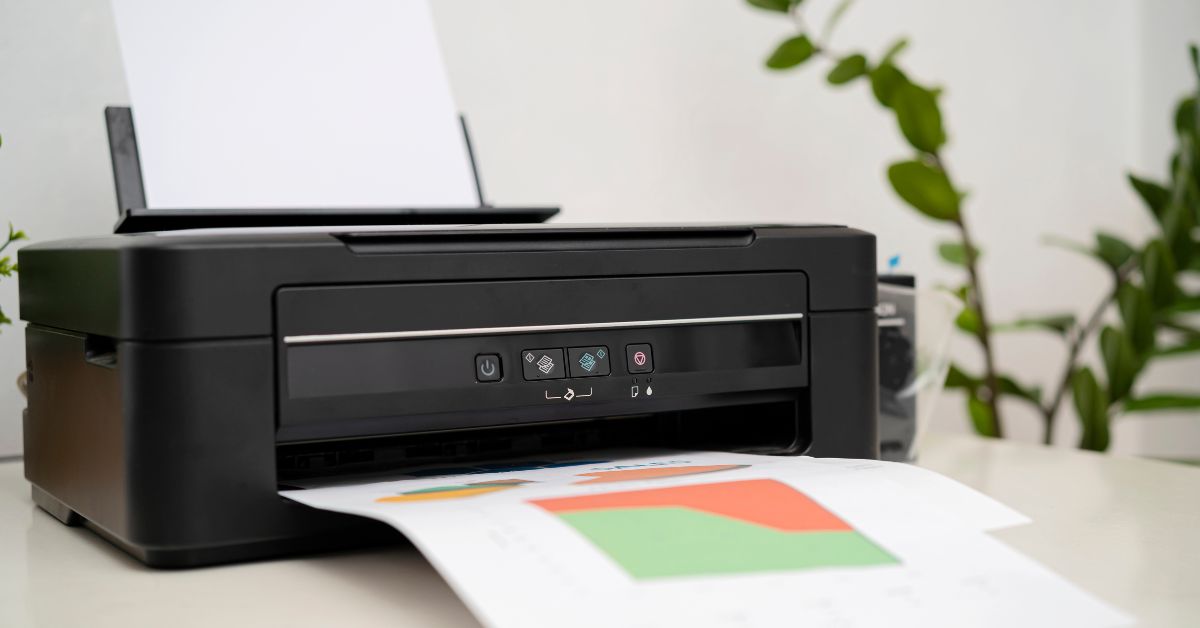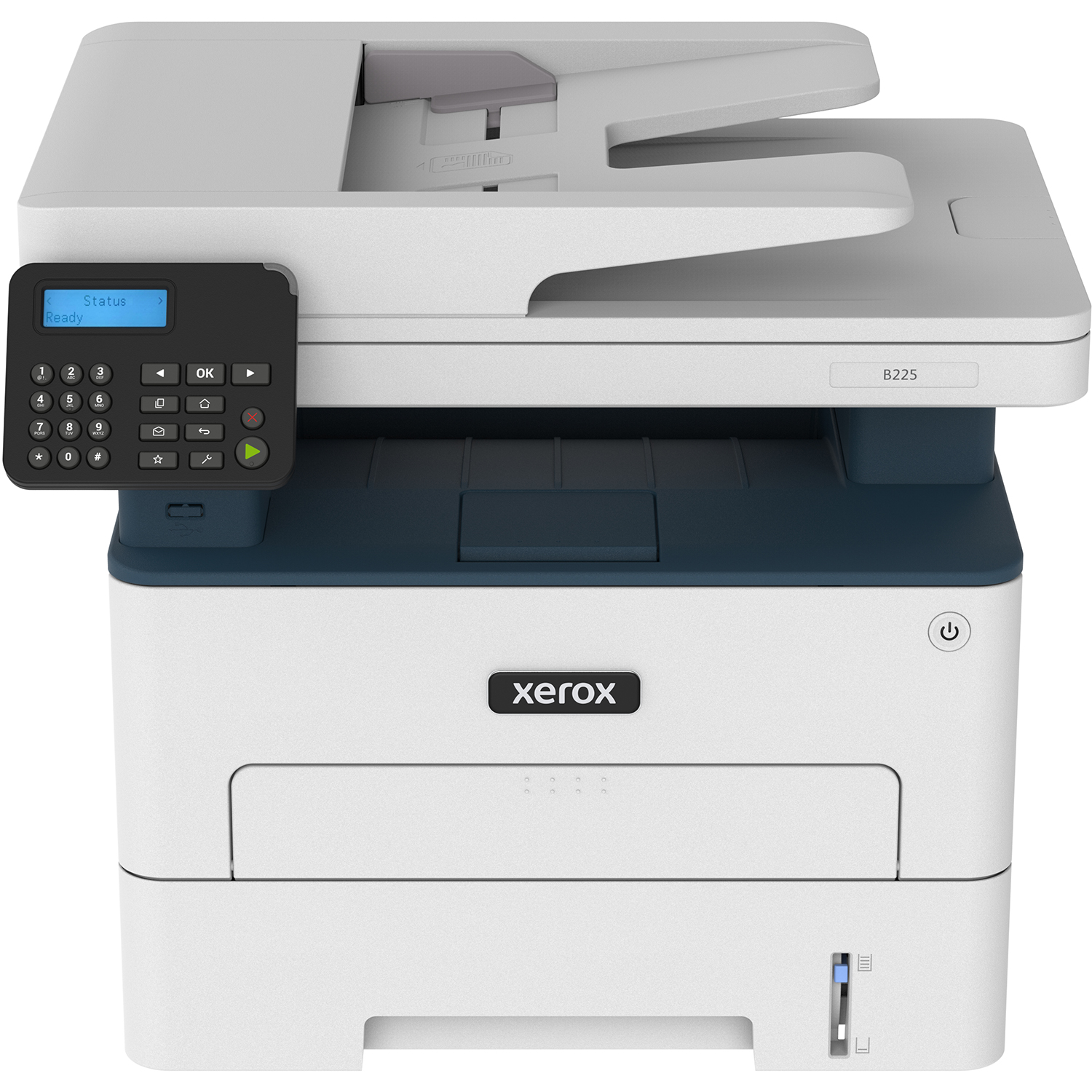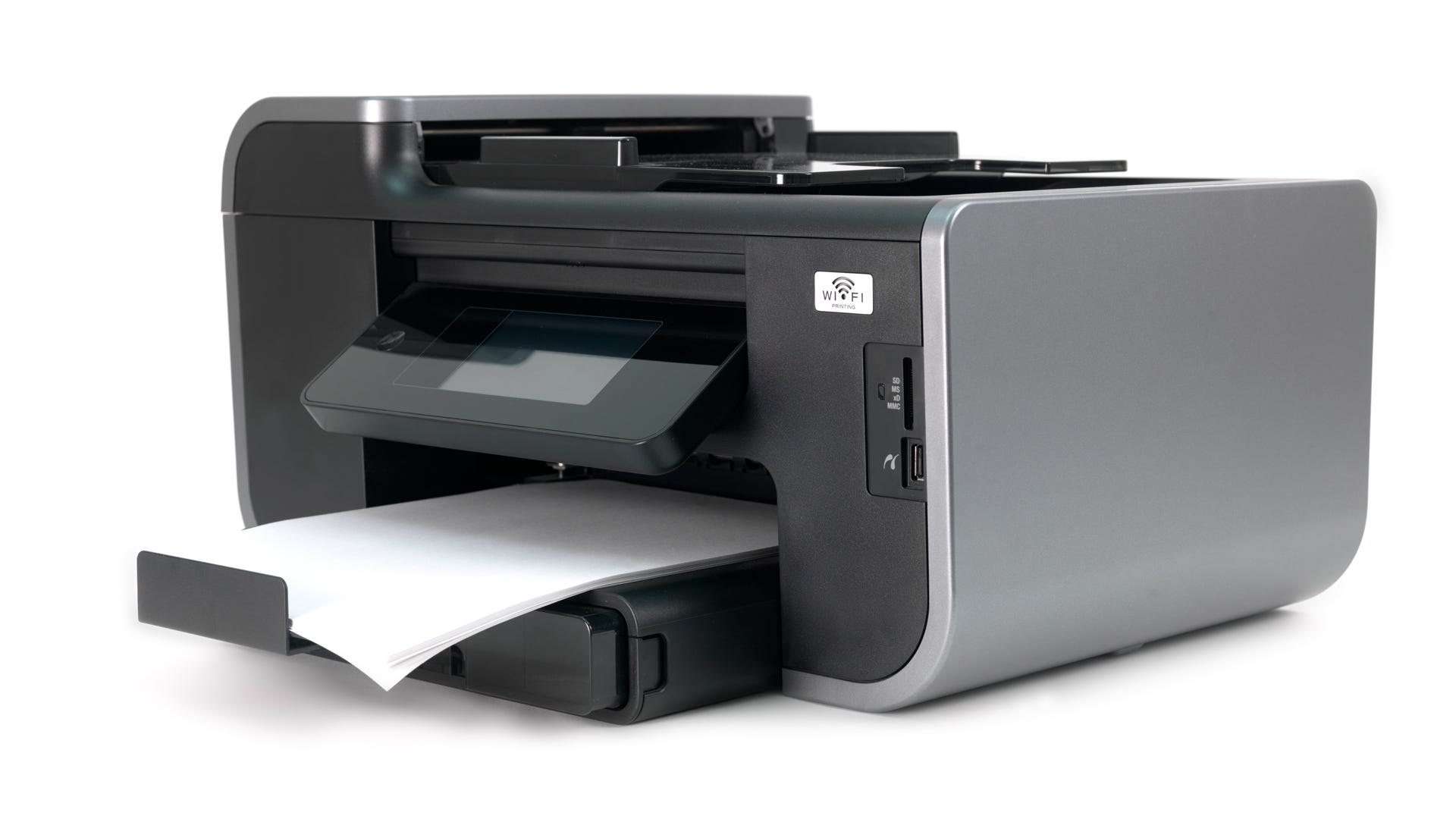What printers can be converted to dtf? Direct-to-film (DTF) printing has gained popularity in recent years due to its ability to produce high-quality prints on various fabrics. While there are dedicated DTF printers available on the market, many individuals and businesses look for cost-effective alternatives by converting existing printers. In this guide, we will explore the world of DTF printing and discuss the printers that can be converted to DTF, along with the necessary steps and considerations.
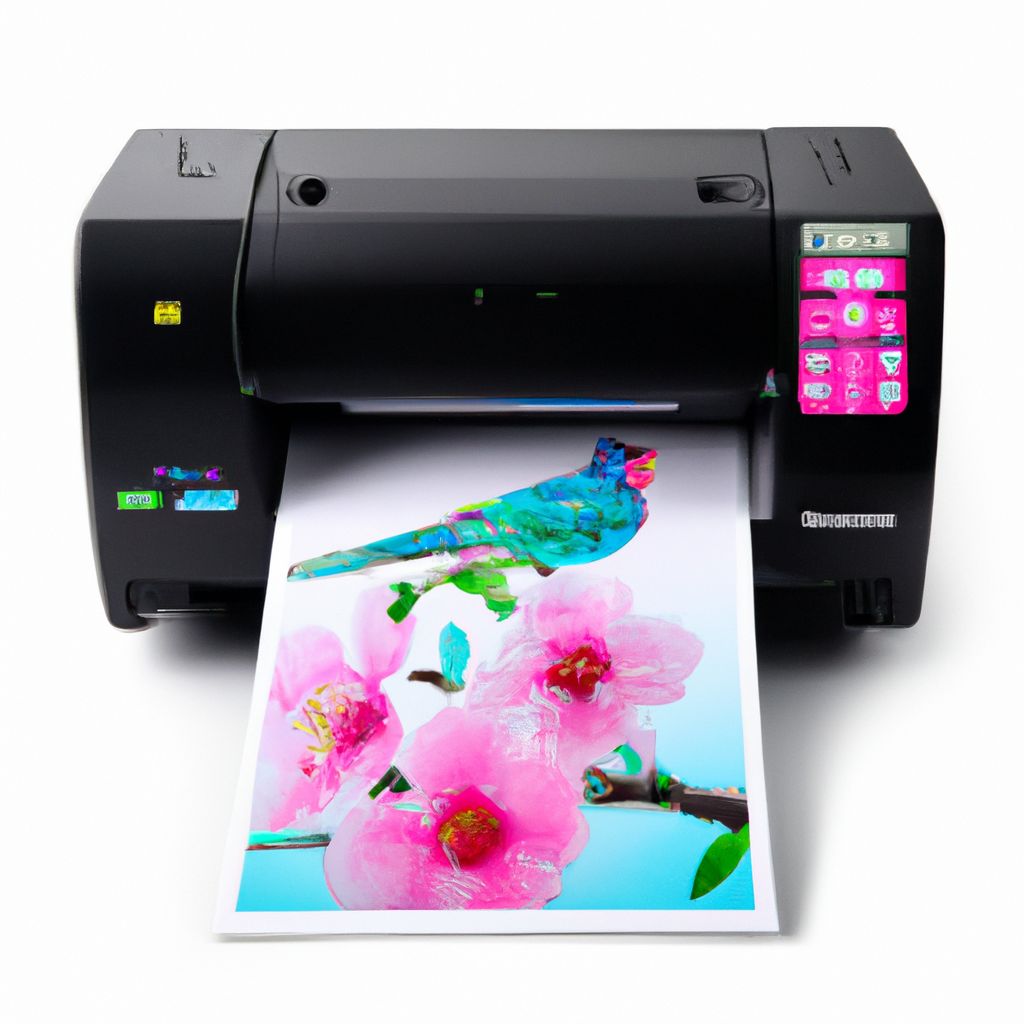
Understanding DTF Printing:
Before delving into the printers that can be converted to DTF, it is essential to understand the concept of DTF printing. DTF is a process where the design is printed onto a specialized film, which is then transferred onto the fabric using heat and pressure. This method offers vibrant colors, intricate details, and excellent washability, making it ideal for custom apparel production.
Printers Suitable for Conversion: Several types of printers can be converted for DTF printing, including:
Epson Inkjet Printers:
Epson models such as the WorkForce, SureColor, and Stylus series are popular choices for DTF conversion. These printers offer high-quality prints and have a wide range of compatible inks available in the market.
Roland VersaCAMM Series:
Roland VersaCAMM models, known for their versatility in printing on various surfaces, can also be converted to DTF. Their robust construction and compatibility with different ink types make them suitable for DTF applications.
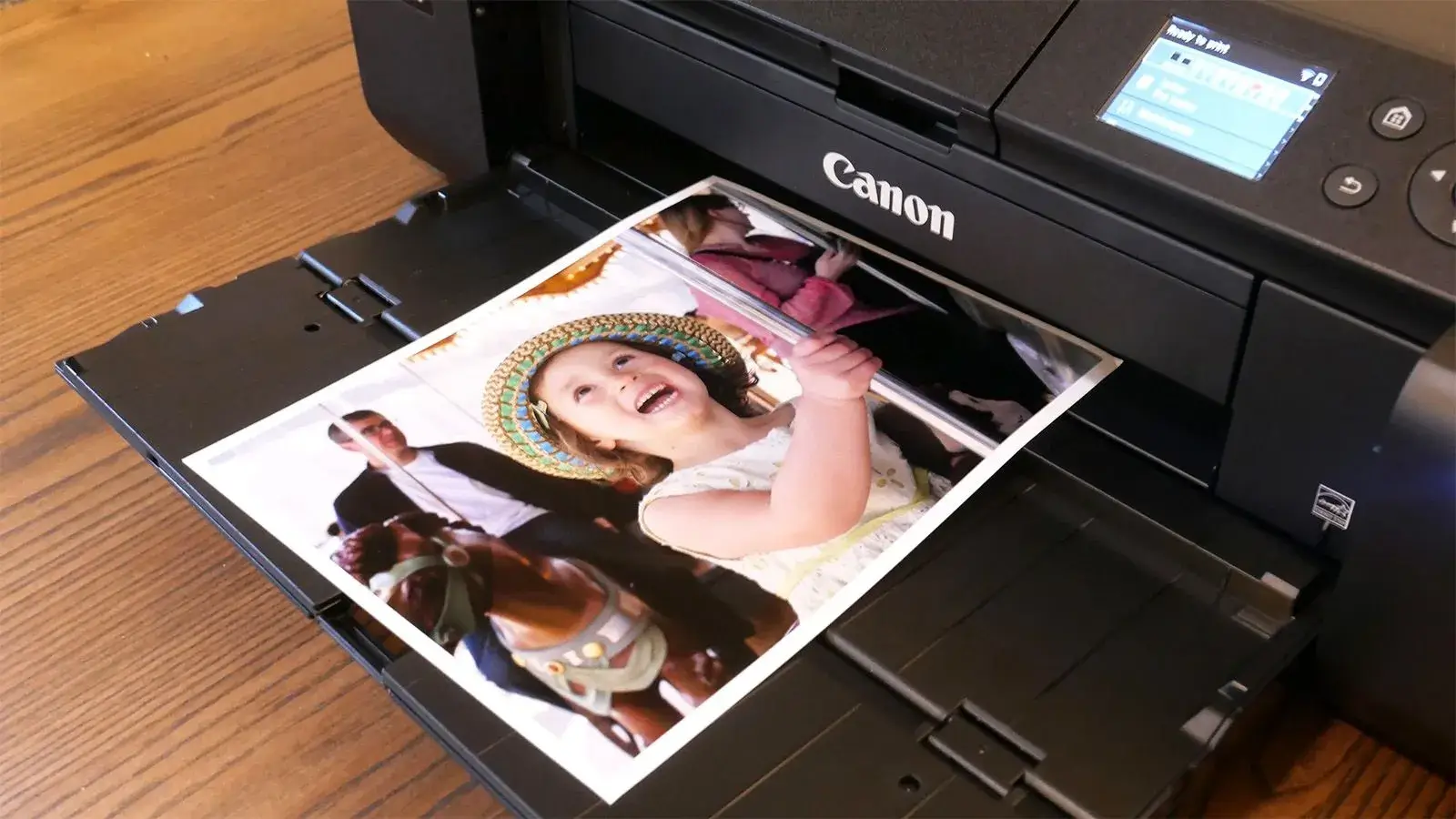
Canon PIXMA Printers:
Certain Canon PIXMA models, such as the Pro-100 and Pro-10, have been successfully converted for DTF printing. These printers offer excellent color reproduction and can deliver exceptional results with proper modifications.
Necessary Modifications:
Converting a printer to DTF requires specific modifications to ensure optimal performance. These include:
Ink System Modification:
The printer’s original ink system needs to be replaced or modified to accommodate DTF-specific inks. This involves installing bulk ink systems or refillable cartridges designed for printer maintenance.
Firmware and Software Updates:
Updating the printer’s firmware and software is often necessary to ensure compatibility with the DTF printing process. This step may require researching and installing modified firmware or software developed by the DTF community.
Hardware Adjustments:
Depending on the printer model, certain hardware adjustments may be required to optimize print quality and ink flow. These adjustments can involve modifying the printhead height, adjusting ink pressure, or installing additional heating elements.
Considerations and Challenges:
Converting a printer to DTF comes with certain considerations and challenges:
Warranty Voidance:
Modifying a printer for DTF printing may void the manufacturer’s warranty. It is crucial to assess the risks involved and make an informed decision based on the printer’s age, condition, and warranty status.
Technical Expertise:
Converting printers to DTF requires technical knowledge and skills. It is advisable to seek assistance from experienced individuals or professionals who have successfully converted similar models.
Ink Compatibility:
Not all inks are suitable for DTF printing. It is essential to research and select inks specifically formulated for this printing method to ensure optimal print quality and durability.
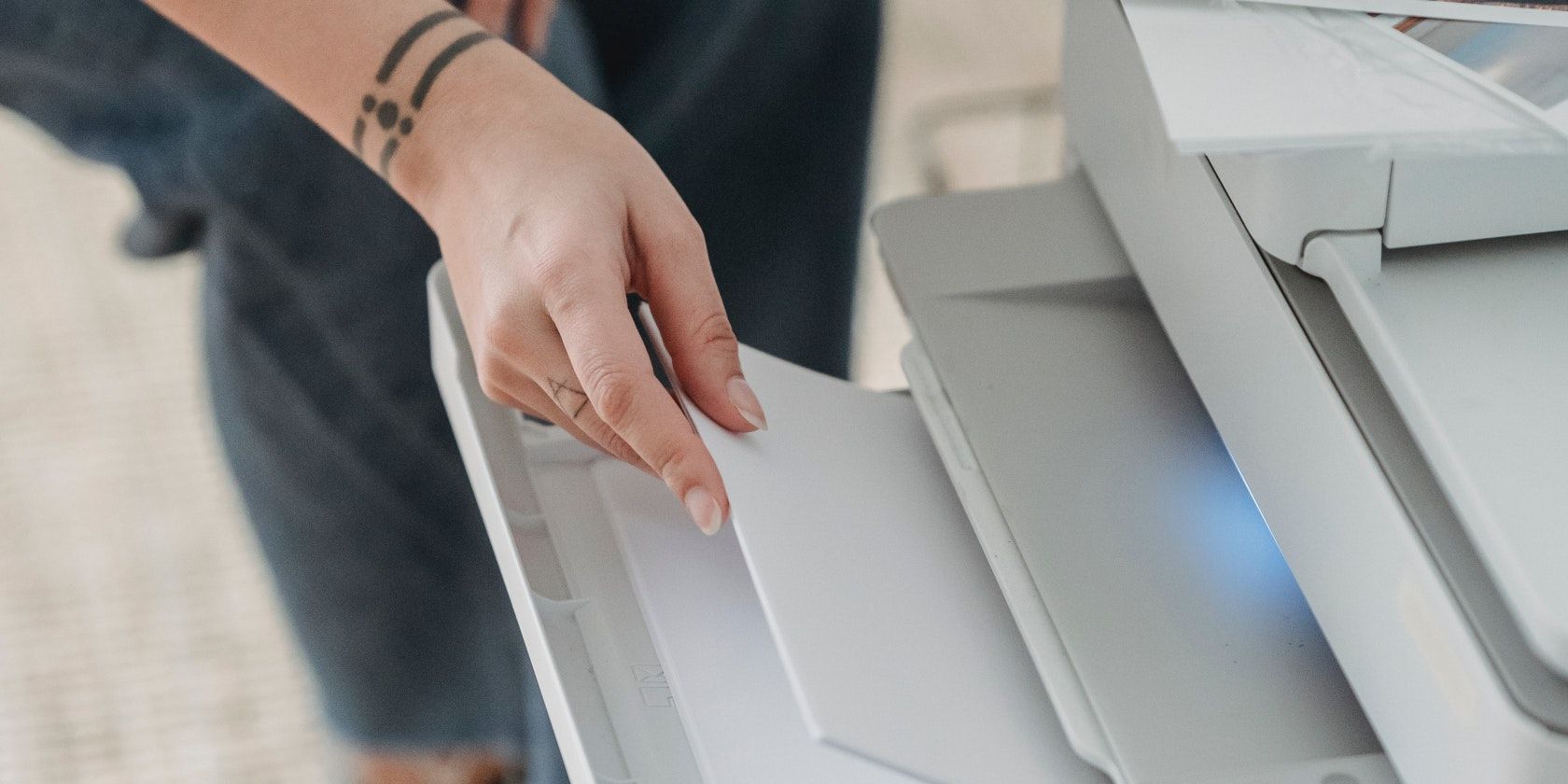
Precautions when using the printer
Printers have become an indispensable tool in both personal and professional settings. While they provide convenience and efficiency, it is important to be aware of certain considerations to ensure optimal performance and longevity.
Regular Maintenance:
To ensure consistent print quality and avoid potential issues, regular maintenance is vital. Follow these practices:
Cleaning: Clean the printer’s exterior regularly using a soft cloth and non-abrasive cleaning solutions. Additionally, perform periodic printhead cleaning to prevent clogging and maintain optimal ink flow.
Ink Cartridges: Check ink levels frequently and replace cartridges as needed. Avoid letting ink cartridges run completely empty, as it may result in damage to the printhead.
Paper Path Cleaning: Remove any printer paper debris or dust particles from the paper path to prevent paper jams and ensure smooth operation.
Proper Handling:
Proper handling of printers helps prevent damage and enhances their lifespan. Consider the following guidelines:
Power Cycling: When turning the printer on or off, follow the recommended power cycling procedure provided by the manufacturer. Abruptly cutting the power supply can lead to internal damage.
Avoid Physical Damage: Handle the printer with care, avoiding unnecessary impacts or rough movements. Securely close trays, covers, and doors to prevent accidental damage.
Transporting: If the printer needs to be moved, ensure it is properly packed and protected to avoid vibrations or shocks during transportation.
Connectivity and Software:
Efficient connectivity and software management are crucial for seamless printer operation. Keep the following points in mind:
Connectivity Options: Understand the connectivity options available for your printer, such as USB, Wi-Fi, Ethernet, or Bluetooth. Ensure proper installation and configuration for reliable connections.
Firmware Updates: Regularly check for firmware updates released by the printer manufacturer. Updating firmware helps improve functionality, security, and compatibility with the latest software.
Driver Software: Install the appropriate printer driver software on the connected devices to ensure accurate communication and optimal print settings.
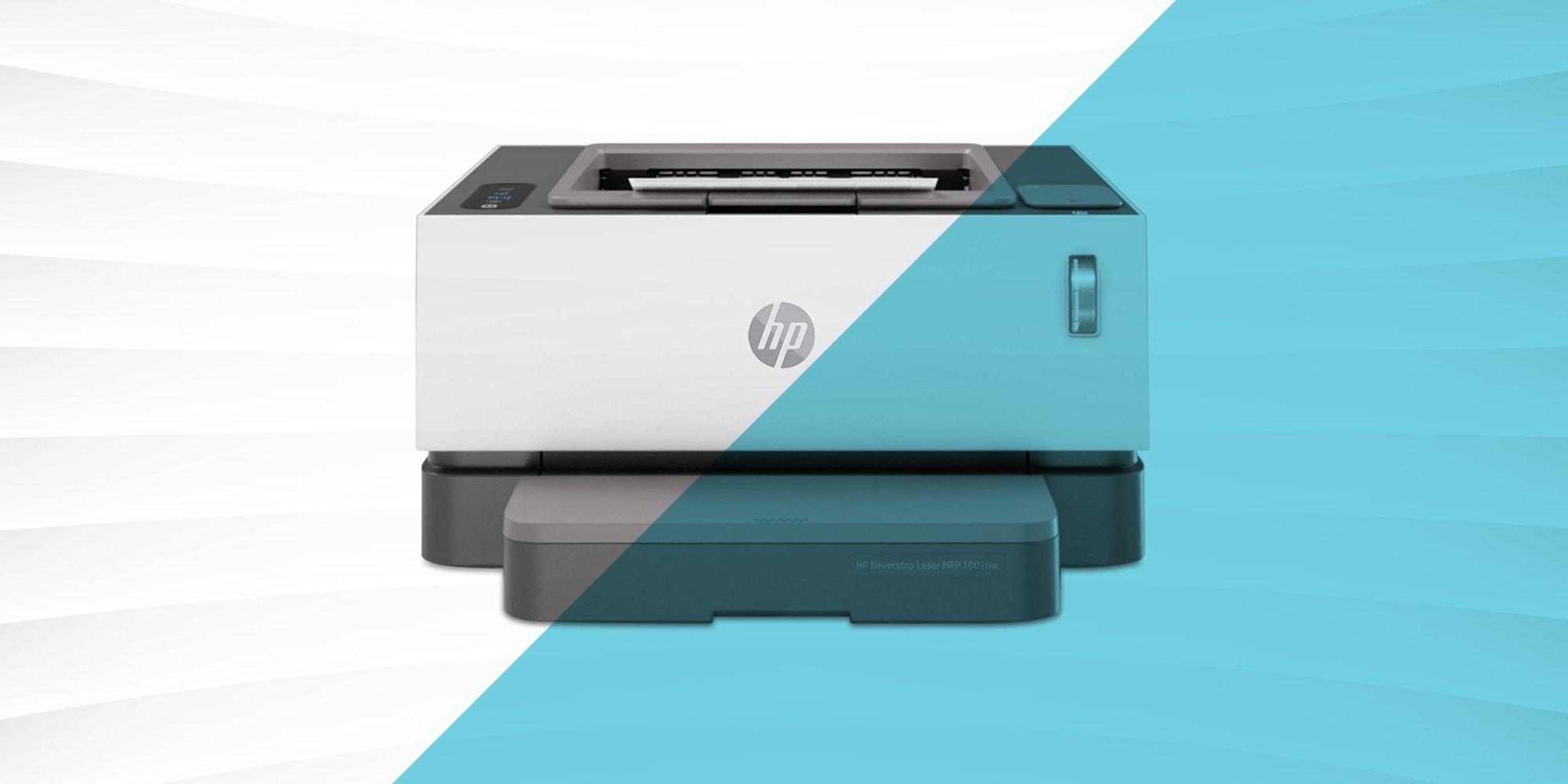
Paper Selection:
Choosing the right paper for printing enhances output quality and minimizes the risk of paper jams. Consider these factors:
Paper Compatibility: Verify the type and size of paper supported by your printer. Using incompatible paper may result in poor print quality or damage to the printer mechanism.
b. Paper Quality: Select high-quality paper appropriate for your printing needs. Different finishes (glossy, matte, etc.) and weights (standard, photo, etc.) offer different results for various applications.
c. Loading Paper: Follow the printer’s guidelines for loading paper correctly. Improper paper alignment or overloading can cause paper jams or other feeding issues.
Environmental Impact:
Promoting environmentally friendly printing practices is essential for sustainability. Implement these measures:
Duplex Printing: Whenever possible, enable duplex (double-sided) printing to reduce paper consumption.
Recycled Paper: Opt for recycled or eco-friendly printer paper thickness to minimize environmental impact.
Power Management: Configure power-saving settings on the printer to conserve energy when the device is not in use.
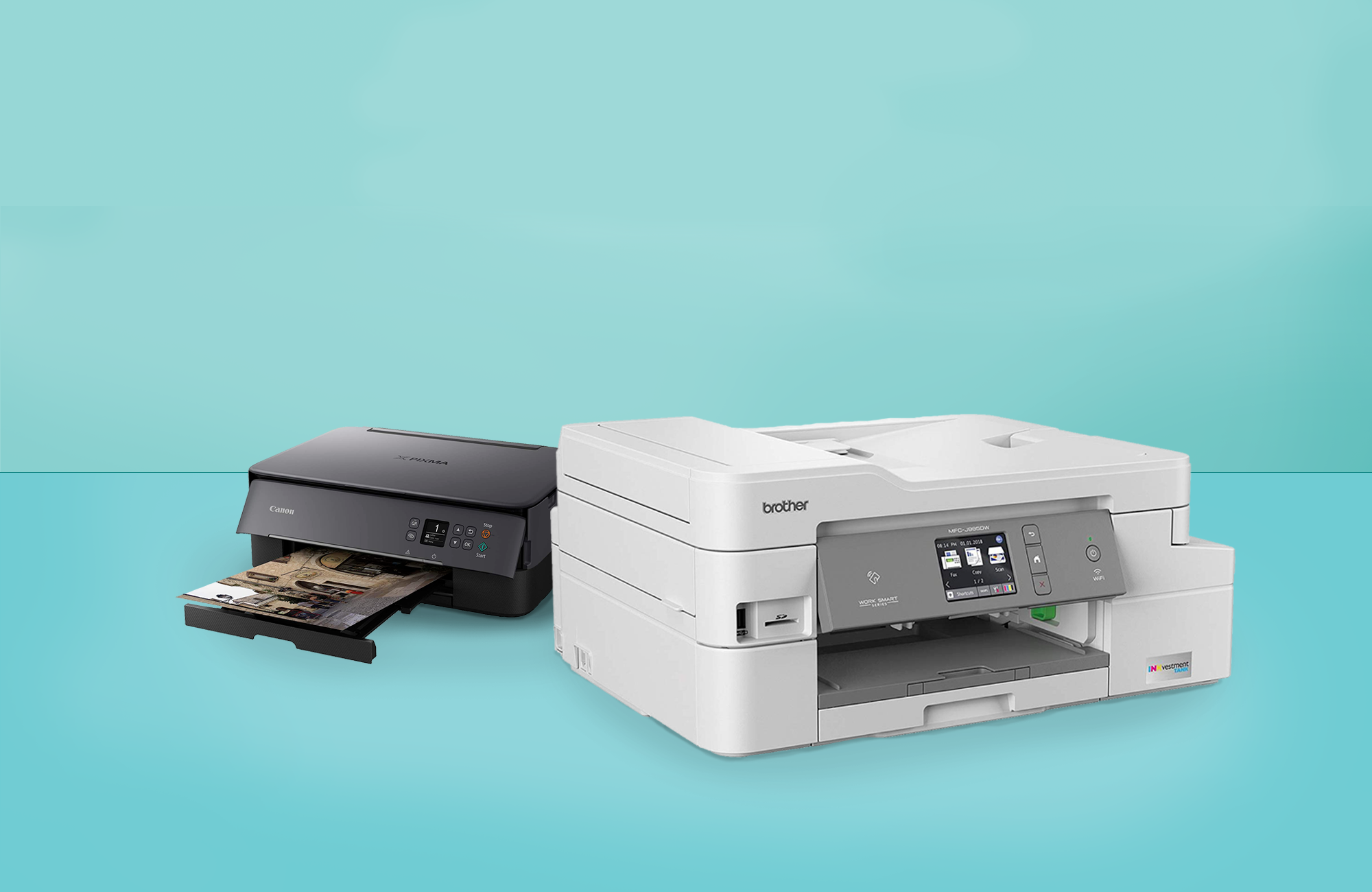
Conclusion:
Converting printers to DTF offers a cost-effective way to delve into the world of high-quality custom apparel printing. Epson Inkjet Printers, Roland VersaCAMM Series, and certain Canon PIXMA models are among the printers that can be successfully converted to DTF. However, it is important to consider the necessary modifications, potential challenges, and the risks associated with warranty voidance. With proper research, technical expertise, and ink compatibility, converting printers to DTF can open up new possibilities for creating vibrant and durable prints on various fabrics.





